Tree Trimming vs. Tree Removal: What Tree Care Companies Recommend
Understanding the importance of proper tree care is crucial for maintaining healthy and safe environments. Tree trimming and tree removal are two core services offered by tree care companies, but knowing when and why to choose one over the other can be challenging. In this article, we explore expert recommendations on tree trimming and tree removal to help you make informed decisions. Trees contribute not only to the aesthetics of a landscape but also to environmental sustainability by providing oxygen and habitat. Therefore, knowing the right kind of care to provide can greatly influence the benefits you gain from your greenery.
Recognize the Role of Tree Trimming in Tree Care
Regular tree trimming from tree care companies plays a critical role in maintaining the health and aesthetics of trees. It allows for the removal of dead or diseased branches, which can potentially harm the tree if left unattended. Trimming also improves sunlight penetration and air circulation, which facilitates healthy growth. Moreover, aesthetically, a well-trimmed tree can enhance the overall appearance of a landscape. Professional tree trimming further ensures that the tree’s structural integrity is maintained, preventing potential property damage from falling branches.
The art of tree trimming involves various techniques that differ based on the tree type and purpose. Crown thinning, for example, is done to reduce the weight of heavy limbs and improve light penetration. Crown raising involves removing lower branches to raise the canopy's height, aiding in clearance for walking or driving paths. According to This Old House, when pruning a tree, professionals start their cut on the underside of the branch about 1.5 feet from its base, ensuring cuts are made at a 45-degree angle. This ensures that the wounds heal appropriately, reducing the likelihood of disease entering the tree.
The timing of tree trimming is highly influenced by the tree species and its growth cycle. Generally, the dormant season, usually late fall to early spring, is the best time for most trimming activities. During this time, trees are less susceptible to stress, allowing optimal wound recovery. Moreover, avoiding trimming during active growing periods minimizes the risk of disrupting crucial developmental stages. However, emergencies, like broken limbs after storms, may necessitate immediate action regardless of seasonal timing.
Consider Key Factors Before Tree Removal
Tree removal from tree care companies is considered a last resort when other maintenance options are insufficient. Indications for removal include severe disease or pest infestation, which can compromise tree health beyond repair. Dead trees directly pose a hazard of falling, potentially causing injury or damage. Additionally, if a tree's roots pose a threat to foundations, sidewalks, or utilities, removal may be mandatory. Expert evaluation determines when a tree’s condition justifies removal over trimming as a more appropriate remedy.
Tree removal from tree care companies involves careful planning and execution to mitigate risks associated with falling limbs. Standard methods include sectional dismantling, especially for large trees near structures, which involves removing the tree in pieces. Tree felling, another technique, is suitable for open areas where the entire tree can be safely brought down in one go. Certain situations require more controlled approaches, employing cranes to maneuver and lower sections safely. The choice of method hinges on safety considerations, tree size, and environmental constraints.
Beyond the physical task of removing a tree, there are environmental and legal obligations to consider. Removal might affect local ecosystems, such as habitat loss for wildlife, which necessitates ecological assessments. Certain jurisdictions impose regulations, like obtaining permits for removal, especially for heritage or protected tree species. Failure to adhere to legal requirements can result in penalties, emphasizing the importance of consulting with local authorities beforehand. Proper care ensures that environmental responsibility is balanced within acceptable legal frameworks.
Safety measures are paramount during tree removal operations to protect both workers and the surrounding property. Professionals utilize personal protective equipment, including helmets, chainsaw chaps, and eye protection. Traffic around the site is controlled with barriers and signage to prevent access during active removal. Advanced rigging and rope techniques are employed to handle tree sections safely. Ensuring all equipment is in good working order further prevents accidents, making adherence to safety protocols imperative.
Decide Between Tree Trimming and Removal Wisely
The decision of tree care companies to trim a tree rather than remove it involves several factors, including tree health, age, and species. Healthy trees showing minor structural issues can often benefit from strategic trimming rather than removal. The suitability of trimming is further determined by its potential to resolve problems like errant branch growth without compromising the tree's integrity. Consulting professionals for an assessment guarantees an informed decision on retaining and nurturing the tree. Ignoring such criteria can result in unnecessary costs and loss of an otherwise healthy tree.
Trimming from tree care companies often presents long-term health benefits for trees, such as disease prevention and improved growth patterns. Removing dead or unhealthy branches prevents disease spread and reduces competition for resources within the tree. Moreover, trimming can stimulate growth in new areas, optimizing sunlight exposure and air circulation. Long-term trimming strategies contribute to trees reaching their full biological lifespan. By investing in regular trimming, property owners enhance both landscape beauty and environmental value.
Tree trimming is often seen as a cost-effective maintenance strategy in the realm of landscape care. Although initial costs might resemble those of removal, the longer-term savings from reduced damage risks and tree health improvement are considerable. Regular trimming minimizes the likelihood of property damage from falling branches, which could result in costly repair bills. Additionally, by extending a tree's life, trees continue to provide ecological benefits, potentially adding property value. Thus, economically, routine trimming can be advantageous over periodic, costly removals.
Environmentally, trimming trees as opposed to removing them can offer significant advantages. Preserved trees continue to sequester carbon, supporting efforts against climate change, and offer habitats for various wildlife species. Moreover, maintained trees contribute to air quality improvement and soil erosion prevention. Ecological studies point to the fact that healthy ecosystems boast a diverse age class of trees, emphasizing preservation when possible. Thus, adopting trimming over removal aligns individual tree care with broader environmental responsibilities.
Identify When Tree Removal Becomes Essential
In some cases, irreversible damage necessitates removing a tree to prevent hazards and promote safe environments. Severe damage due to storms or lightning strikes often leaves trees structurally compromised, posing fall risks. Additionally, aggressive diseases or infestations that disrupt nutrient transport can render trees unsalvageable. With expert diagnosis, removal becomes critical to prevent further personal or property damage. Proactivity in such scenarios prioritizes safety over emotional attachments to compromised trees.
Situations where property safety is jeopardized highlight the necessity for tree removal. Large trees located too close to homes can cause foundation issues due to root growth or fall risk during severe weather. Diseased trees or dead limbs present immediate dangers, demanding prompt removal to avert accidents. Furthermore, trees nestled near power lines or obstructing roadways need attention to prevent hazards. Tree care companies assess these risks comprehensively, ensuring necessary actions align with safety standards.
Strategic tree removal can sometimes enhance property value by increasing functional space or improving aesthetics. Removing overly crowded or dying trees changes landscape dynamics, creating room for healthier growth and curb appeal improvements. Visibility enhancement and increased sunlight can make gardens or integral features like pools more inviting. Notably, some studies suggest that well-maintained properties with open, manicured landscapes command higher real estate valuations. Property owners should balance the appeal of tree-lined areas with practical and aesthetic removal considerations for optimal valuation.
Tree trimming and removal are essential aspects of landscape management that require careful consideration. By understanding the recommendations of tree care companies, homeowners can make informed decisions that contribute to the health of their trees and the surrounding environment. Balancing practicality, ecological responsibility, and personal preferences will ensure that your tree care practices benefit both your property and the broader ecosystem. It's through thoughtful assessment and expert guidance that the true value of trees can be realized. Reach out to All American Tree & Turf LLC to learn more today!
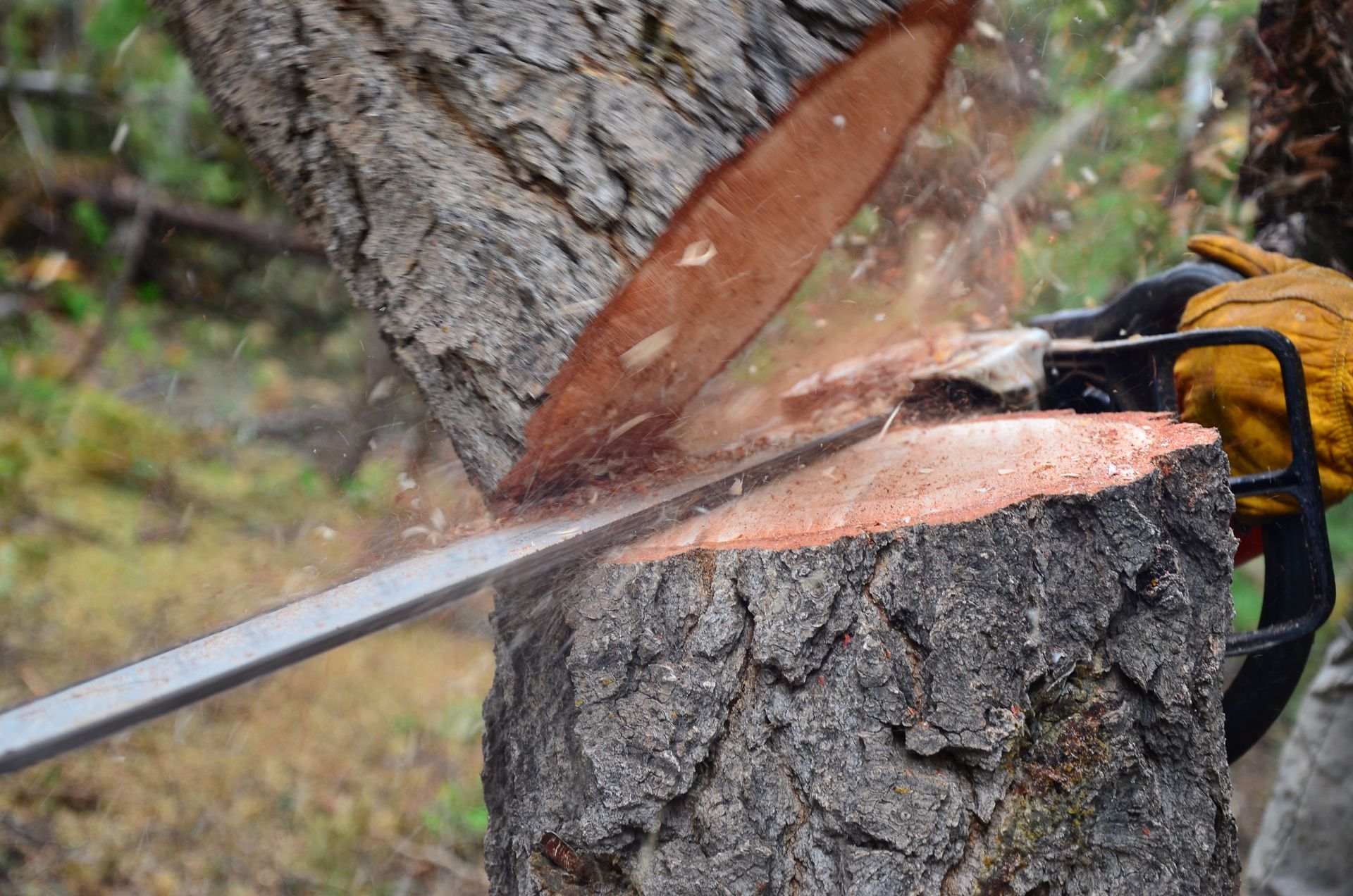
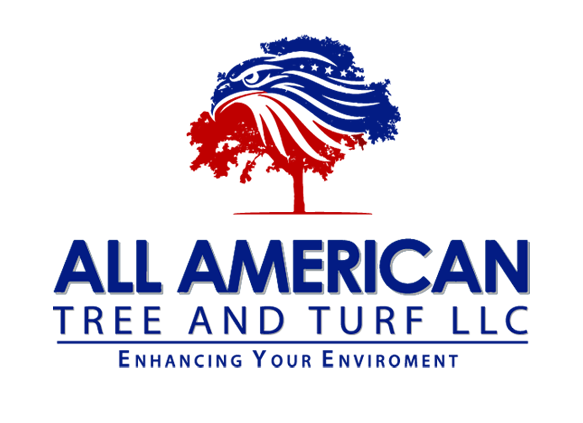

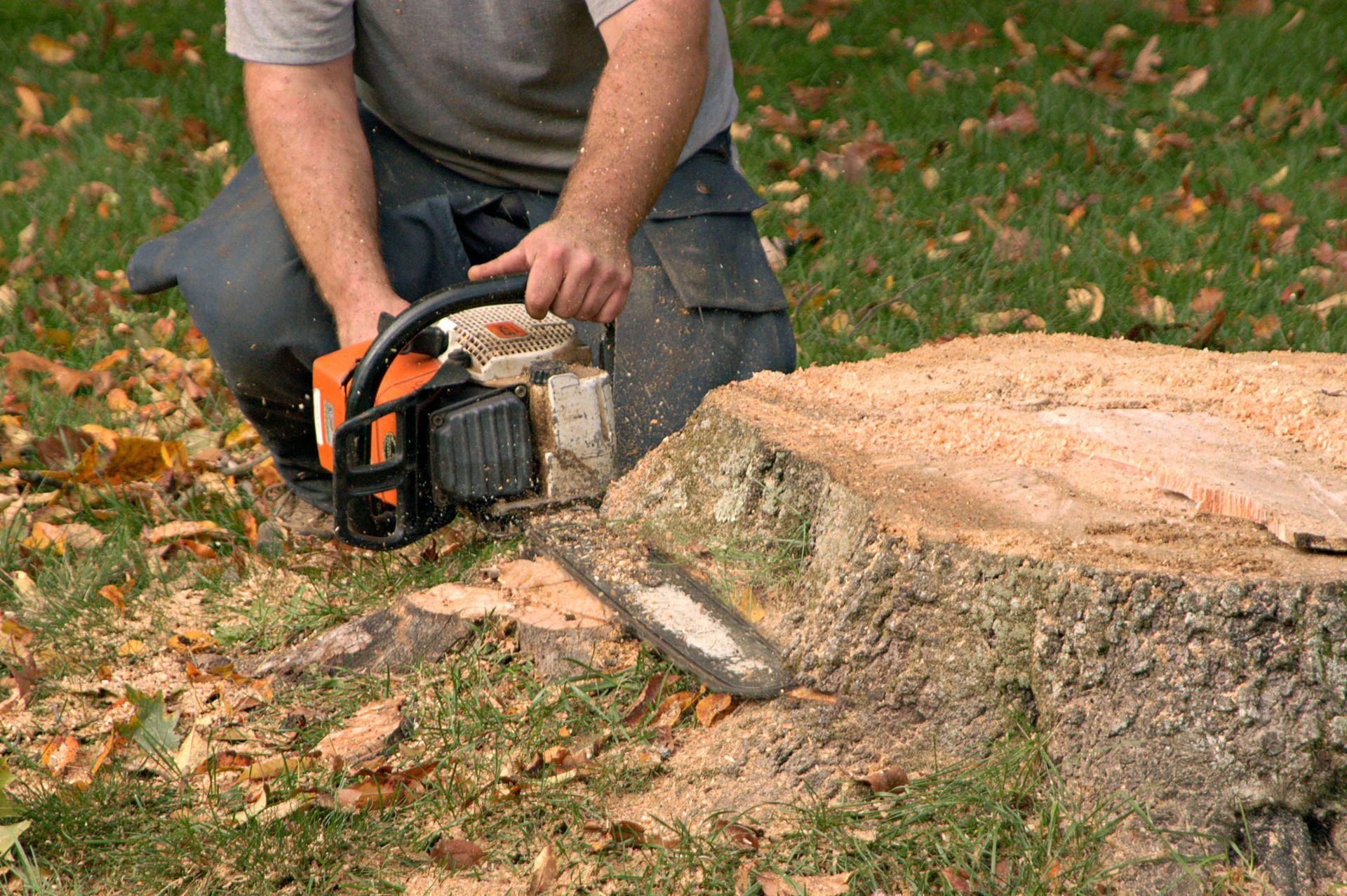
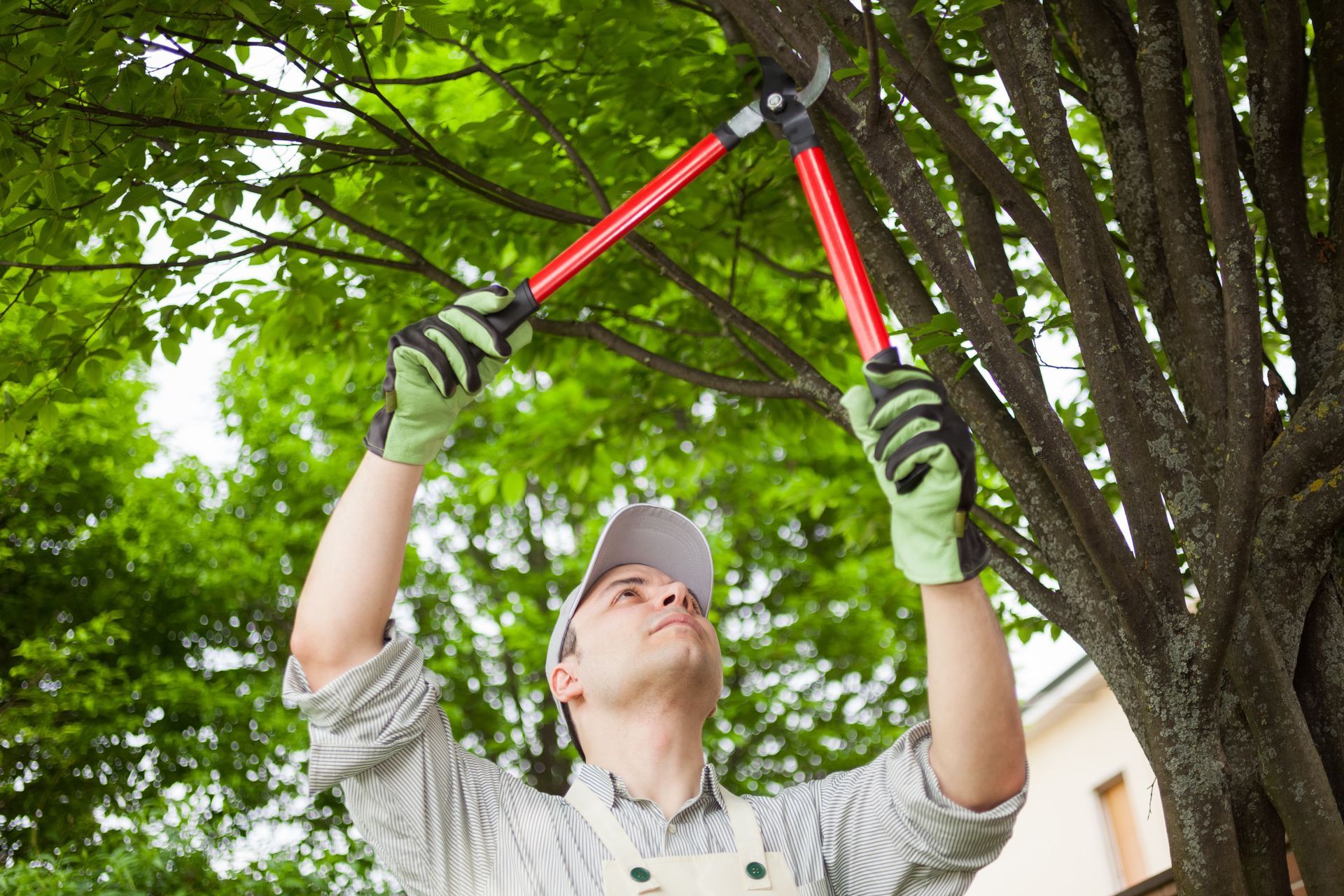
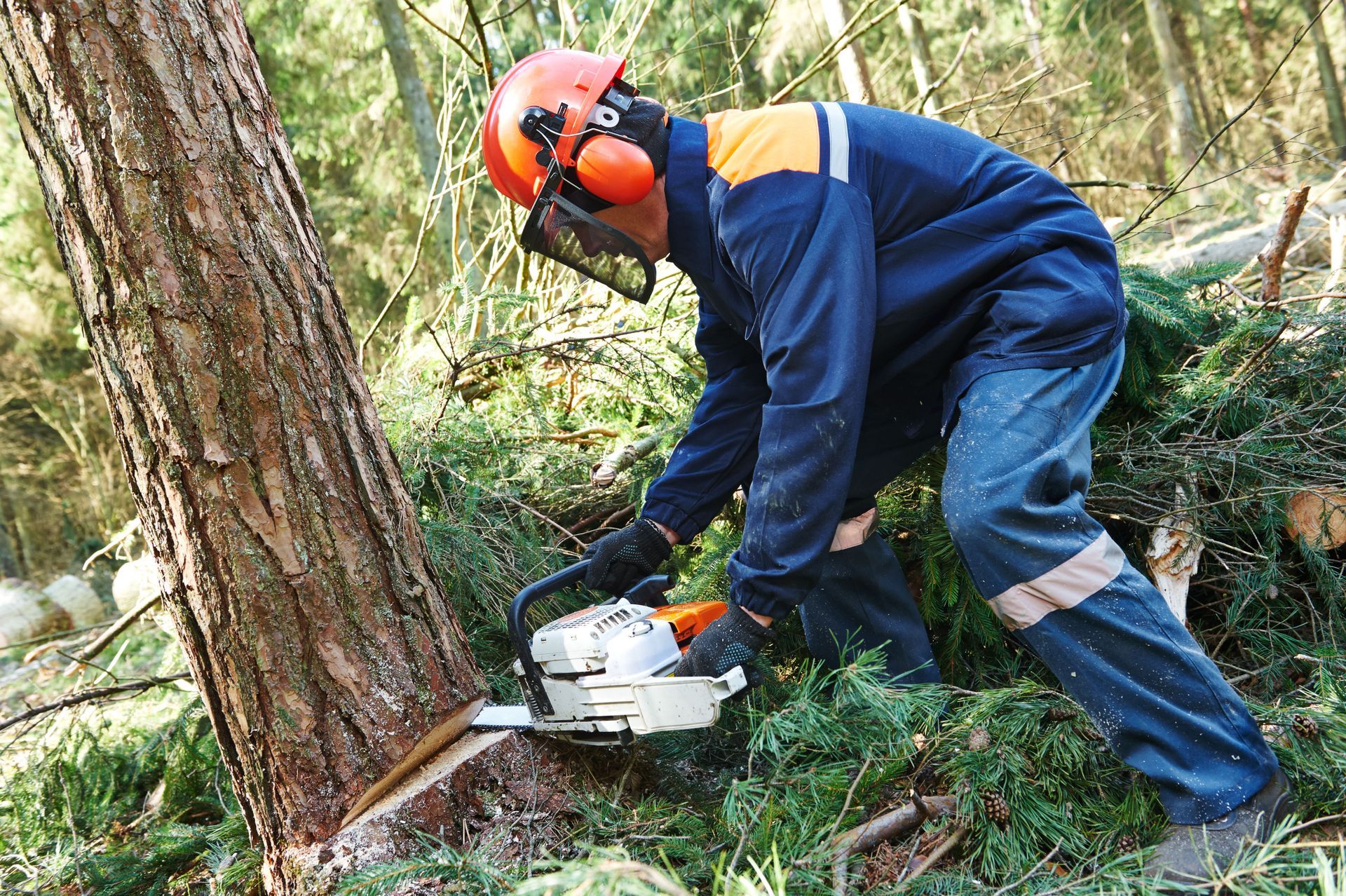
Share On: